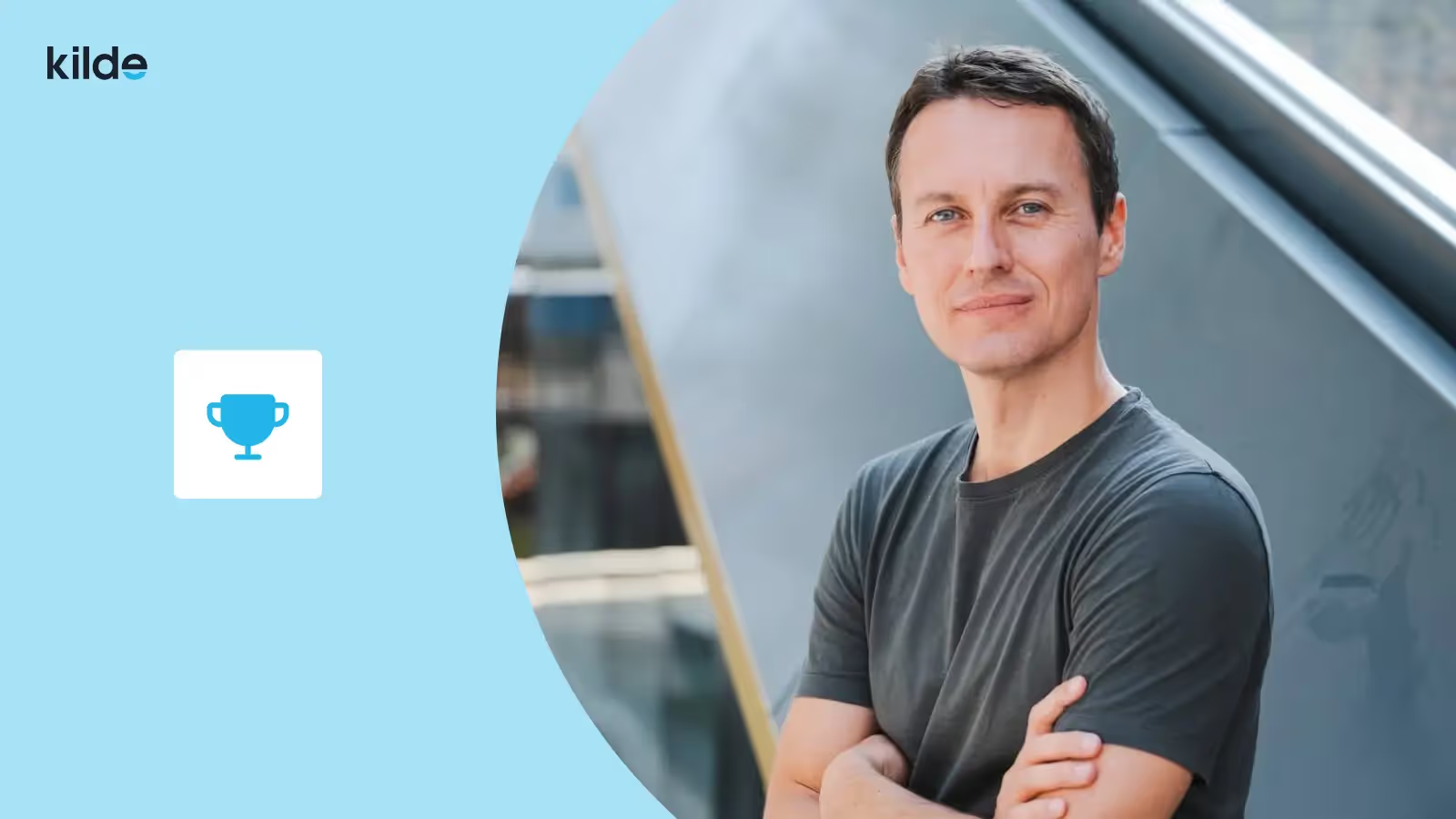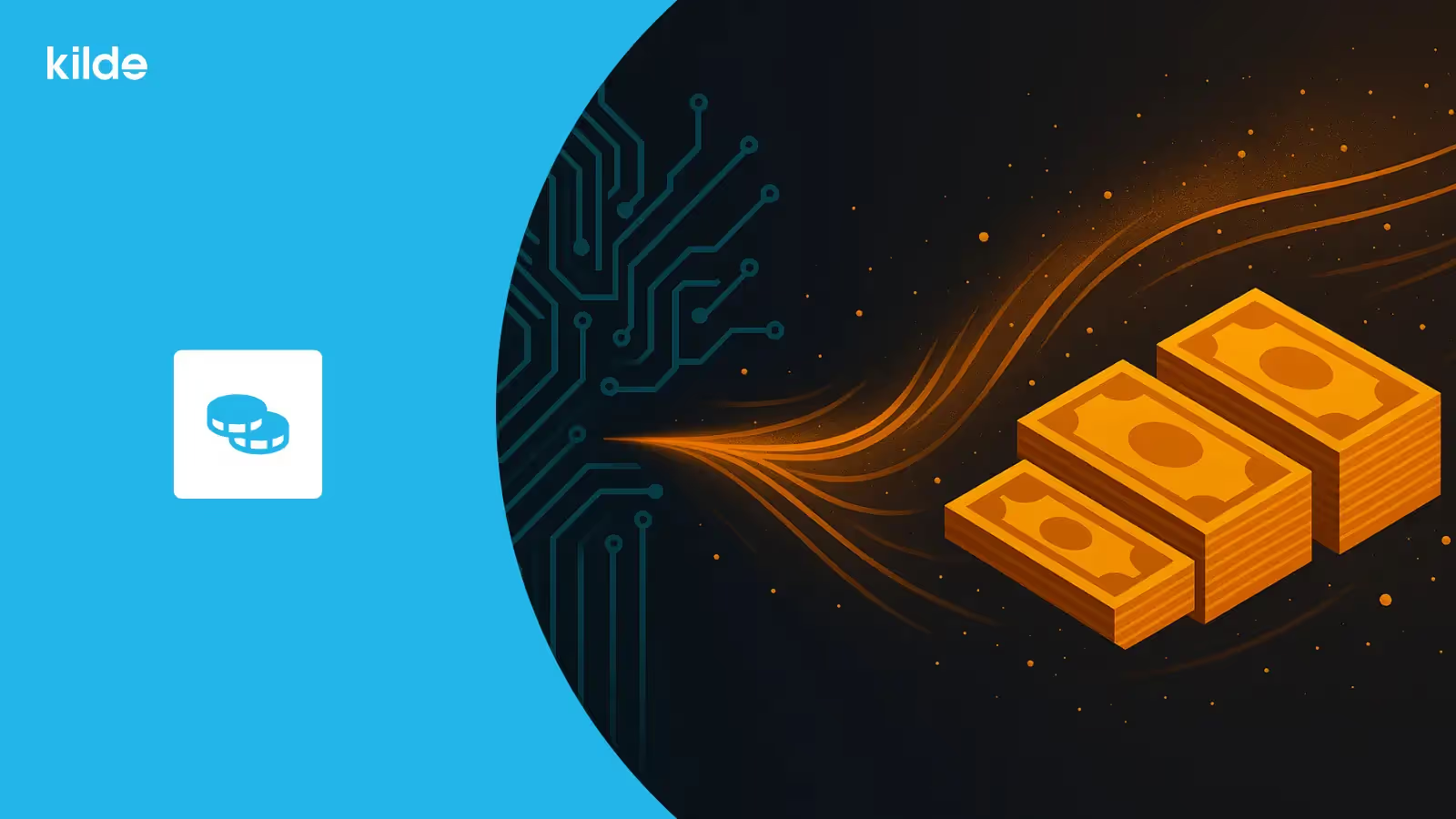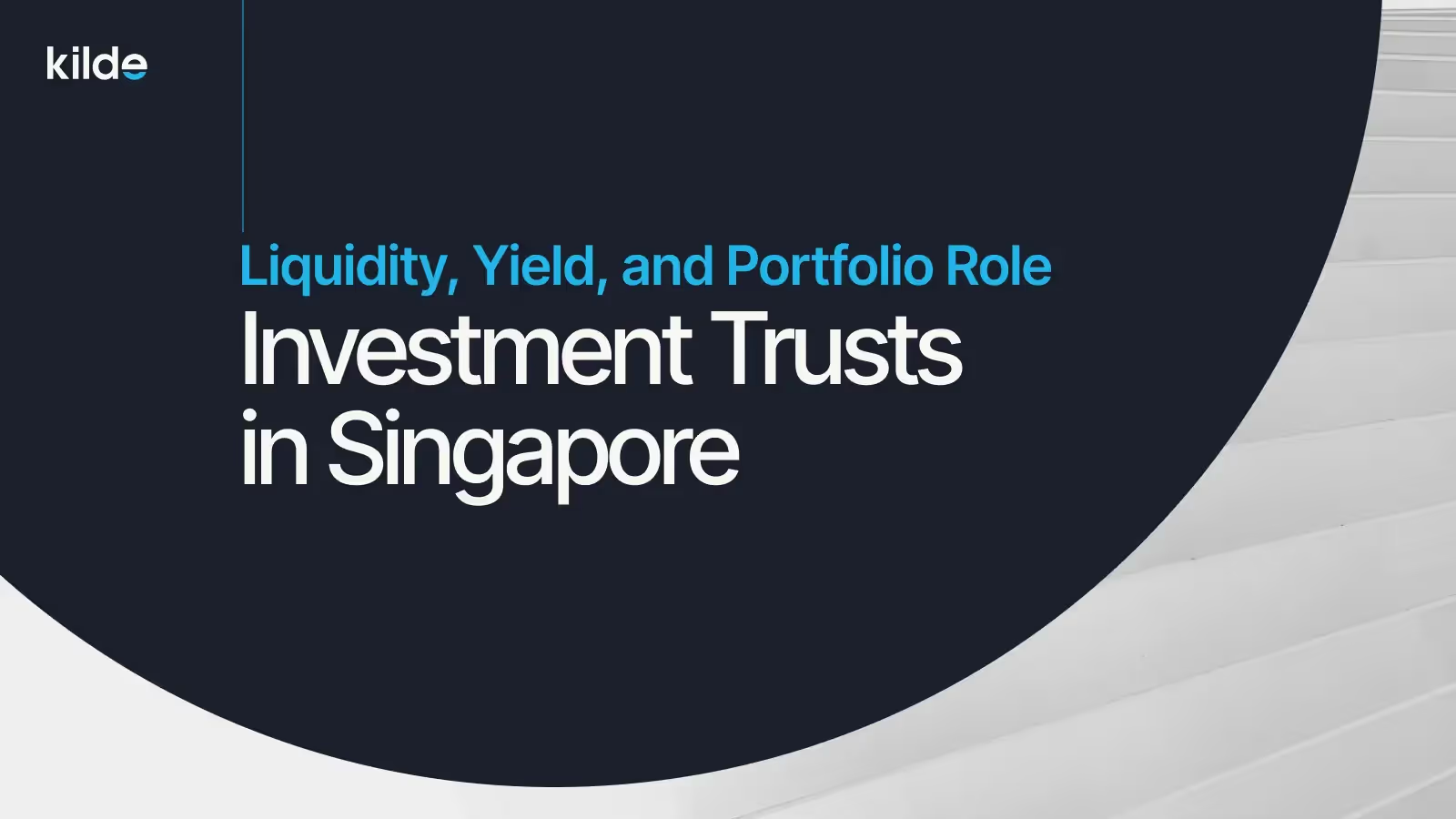The greatest innovation after smartphones - ETFs
Smartphones have turned our lives upside down. Personally, I was a late iPhone adopter still clinking to my Nokia and later a Blackberry until the early 2010s. Despite my lack of foresight, smartphones have had a phenomenal adoption rate of 24.3% per year since 2009. I bet you would not guess what has been the second most adopted innovation - Exchange Traded Funds (ETFs) with an 18% yearly growth for the same period. ETFs have been introduced in 1993 but it was not until 2010 when they entered adulthood with $1T of Asset under Management (AuM).
The technology adoption rates in the past 10 years

Supply or demand - pick your side
Since then the smartphone has struck back through WeathTech, Robo Advisors, and Zero Fees Brokers putting powerful trading and wealth management tools into customers' pockets. This incredible innovation happened on the distribution or in other words, the demand side of the capital markets. Nevertheless, ETFs were the last game-changing innovation on the manufacturing (supply) side of the capital markets and it happened already 28 years ago.
So what innovations are coming up on the supply side now? Tokenisation and fractional ownership of assets are breaking the minimum investment barrier opening number of investments to individual investors. These concepts are behind Robin Hood’s and Revolut’s “Invest from $1” slogans. Another much less visible, less sexy but equally important trend is in discovering new assets that are brought to markets thanks to the ability to process large amounts of data and make sense of it. This is the topic I would like to discuss deeper.
What needs to happen for a new asset to be brought to market
Why have been new investment assets like invoice financing or investing in small business loans made available to investors only recently? It is because there were three issues that needed to be resolved first.
- Visibility - assets are locked on private firms’ balance sheets
- Trust - lack of belief by investors in the mere existence of these assets
- Valuation - the owner of the asset has a better idea about the asset value than an investor
Technology that brings new asset classes to the market
Fortunately, there are three technological innovations that are helping to overcome the issues and unlock the hidden value of these assets.
- Access to data - data feeds from proprietary systems (APIs), real-time data on events like weather with IoT devices, blockchain Oracles bringing the data to blockchains, and others
- Trustless systems - the irreversible records of unique events written on a shared ledger (Blockchain)
- Machine learning - using big data processing and machine learning for asset valuation
At Kilde, private investment platform for alternatives, we make the best use of these three innovations. We build an investment platform for alternative assets that make new assets available through data-driven insights. One of the assets is debt capital for digital lending firms to reach underbanked customers in South East Asia. Unlocking consumer loans as an investable asset takes four steps.

Kilde investment process
- Discover - provide a window to consumer lending loans with big data processing and machine learning
- Produce - Manufacture investable consumer lending assets (tokenisation)
- Distribute - Distribute these assets to investors
- Monitor & Service - Monitor assets performance, manage cash flows, distribute profits
Fortunately, this method can be deployed to other “data-intensive” assets like revenue financing, SME lending, lending for rent deposits, and many others. We will keep seeing new assets manufactured, tokenised, and distributed through the smartphone in your pocket.
Kilde is a regulated investment platform for alternatives. We operate as a two-sided platform connecting institutions / HNWI with securitised private investments. Our main alternative asset classes are private debt, venture debt, and recurring revenue financing. Kilde has partnered with leading non-banking consumer & SME lending firms to give investors safe and controlled access to consumer lending assets. Our unfair advantage is vast accumulated data on consumer & SME assets performance as well as scalable investment and securitisation tech platform. Thanks to Kilde’s license for dealing in securities, we securitize alternative investments into digital securities.








.avif)





